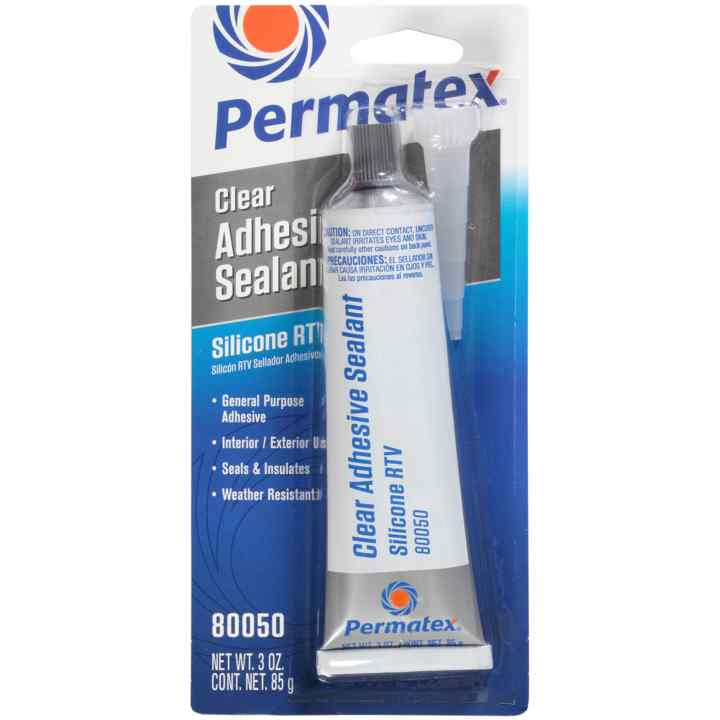Sorry johnw. I didn't paste
Hopefully the silicone surface doesn't gather dust as silicone does.

 www.permatex.com
www.permatex.com
Hopefully the silicone surface doesn't gather dust as silicone does.
